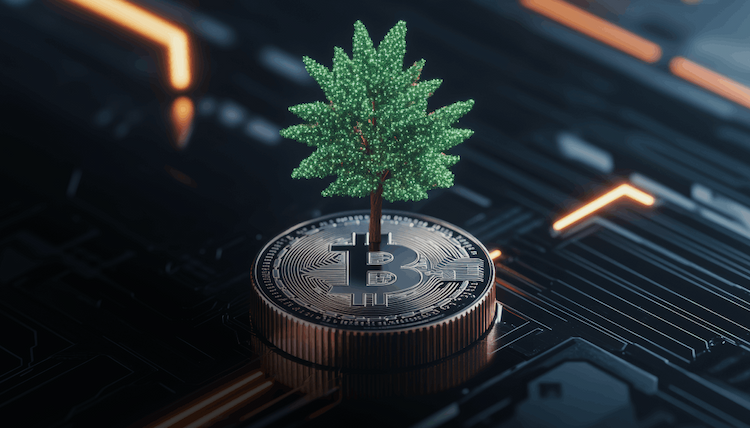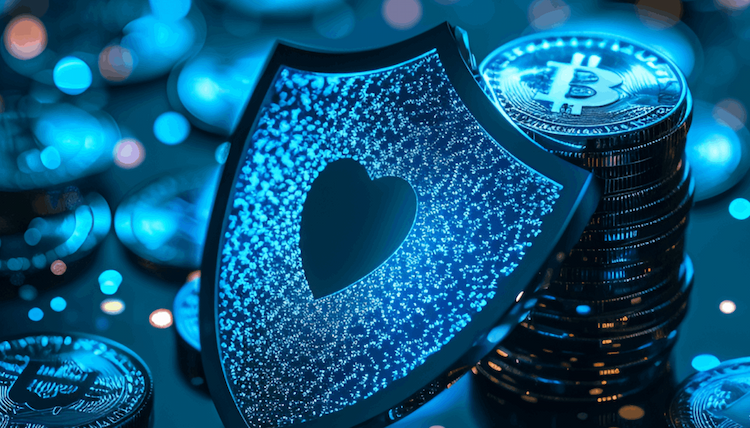
DePIN, which stands for Decentralized Physical Infrastructure Networks, integrates decentralization with tangible infrastructure using blockchain to manage decentralized networks of physical hardware in various industries such as energy, telecommunications, sensors, transportation, and other applications.
After the rise of DeFi and NFTs, decentralization has enabled users to transfer digital aspects of their lives to physical locations. In recent months, the concept of DePIN has been dominating crypto headlines and occupying more founders' minds, resulting in the emergence of several projects aiming to utilize the power of decentralization for tangible infrastructures. This article delves into what DePIN actually is, how it works, and its potential benefits and challenges.
How Does DePIN Work?
DePIN utilizes blockchain and token rewards to build physical infrastructure in the real world. Unlike traditional centralized systems, where platforms control resources and rewards, DePIN aims to empower providers and users through decentralized networks.
These networks are categorized into Physical Resource Networks (PRNs) and Digital Resource Networks (DRNs). PRNs involve location-based decentralized networks where providers contribute physical hardware resources such as connectivity and energy-related assets. On the other hand, DRNs encompass networks of digital resource providers offering computing power, shared bandwidth, or storage facilities.
The DePIN operational framework consists of three main components: physical infrastructure, middleware, and blockchain systems. Providers oversee physical facilities, which are connected to the blockchain through middleware. Data on facility activities are transmitted to the blockchain, which manages remittance and rewards for providers and users based on network activities.
For instance, DePINs, such as decentralized energy grids, allow homes to produce and sell excess energy directly, with transactions transparently recorded on a blockchain. This promotes the use of renewable energy and empowers individuals as both producers and consumers. Users may receive cryptocurrency rewards for their contributions. In the financial sector, DePINs function as decentralized finance (DeFi) platforms, offering services like lending and trading without intermediaries, facilitated by the tokenization of assets on the blockchain.
Benefits and Future Implications of DePIN
DePINs offer several advantages, including horizontal scalability, community control through decentralization, fair pricing models, cost-efficient operations, and permissionless participation. Providers have the opportunity to earn passive or active income by contributing resources, while users can access these services without barriers.
However, despite their potential, DePINs also face significant challenges. The concept is relatively new and may require extensive education to attract participants. Operating private facilities can involve substantial costs, posing challenges for providers. Additionally, ensuring profitability and attracting a sufficient number of participants to power the network remain critical hurdles for widespread adoption.
Conclusion
Despite these challenges, DePINs represent an intriguing intersection of blockchain technology and real-world infrastructure. As the concept evolves, addressing these challenges will be crucial in realizing its full potential and reshaping industries in the future. They hold promise for optimizing resource usage and democratizing access to essential services. Collaboration, regulatory support, and ongoing innovation are critical to realizing their full potential. With the proper framework, DePINs can empower individuals and communities to shape a decentralized, sustainable future for infrastructure.



